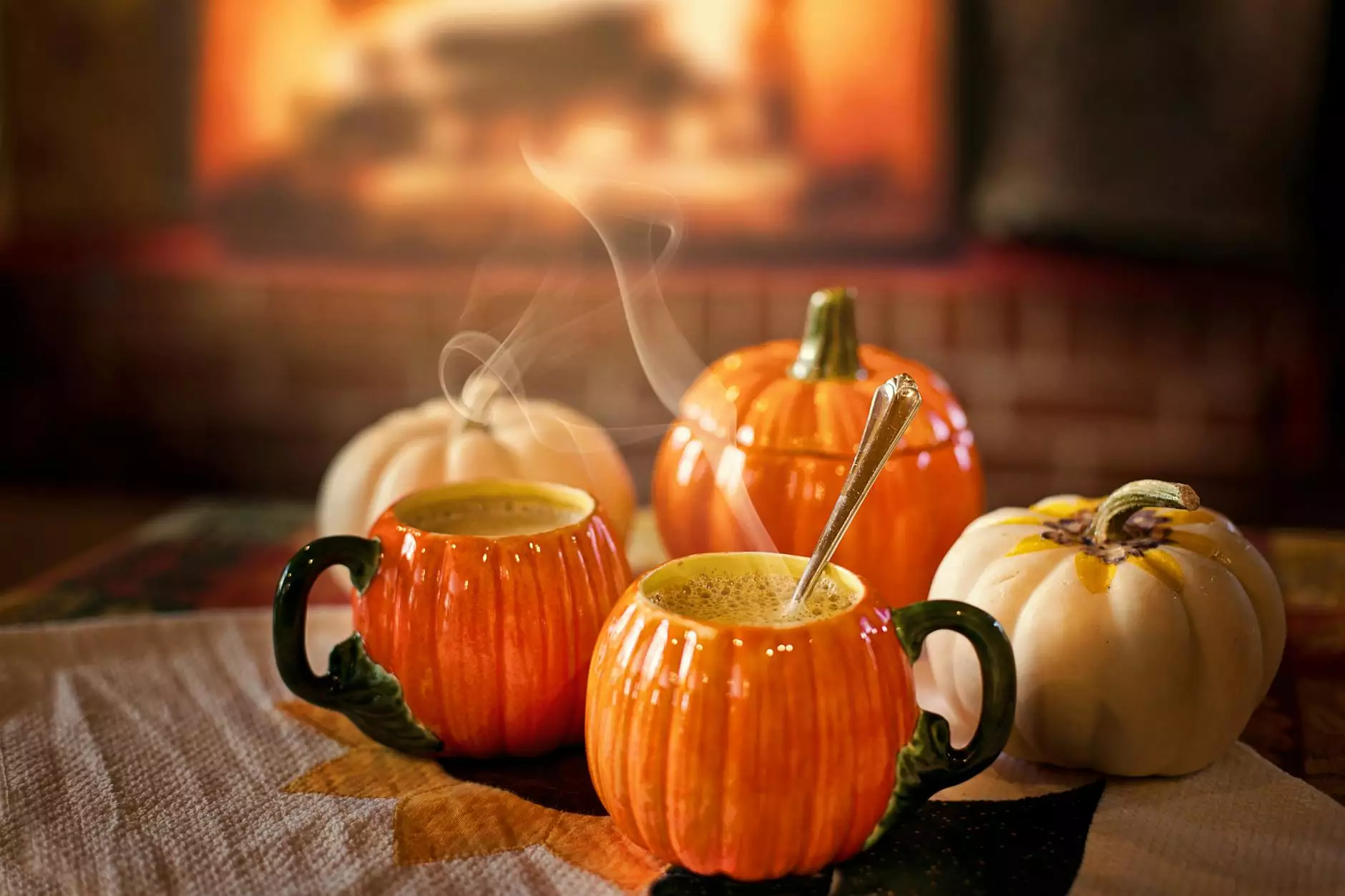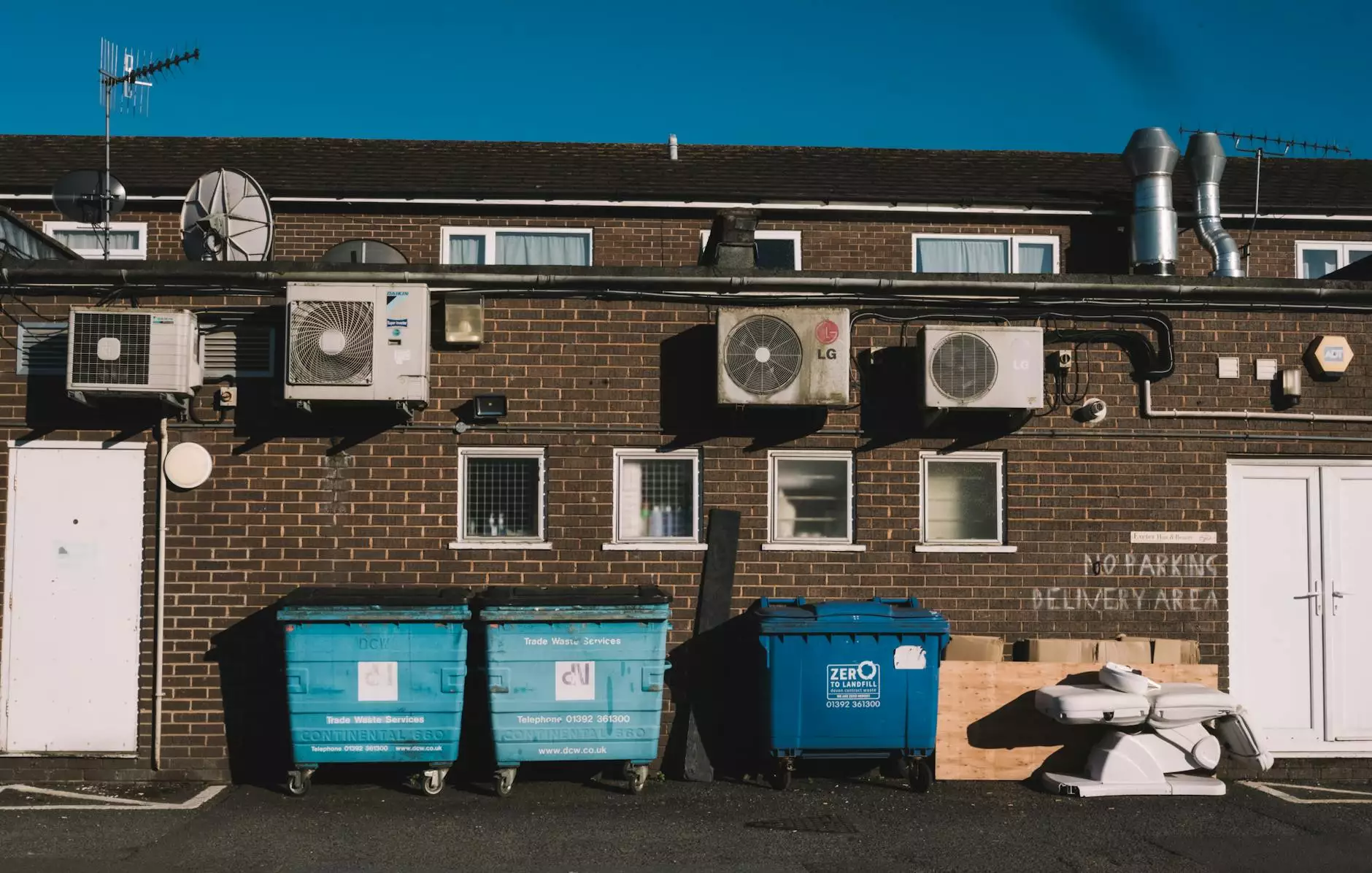How to Store Pumpkins in the UK: A Comprehensive Guide

Pumpkins are not just a symbol of autumn; they are also a wonderful ingredient for various recipes and decorations. If you’ve harvested a bounty of pumpkins, knowing how to store pumpkins in the UK is essential to ensure they stay fresh and usable for a longer period. In this article, we will delve deep into effective storage methods, optimal conditions for preservation, and handy tips to extend the shelf life of your pumpkins.
Understanding Pumpkins: Types and Characteristics
Before we explore storage techniques, it is crucial to understand the different types of pumpkins and their unique characteristics. In the UK, the most commonly grown varieties include:
- Carving Pumpkins: These pumpkins are often large and ideal for Halloween decoration.
- Culinary Pumpkins: Varieties like the Hokkaido and Butternut squash are better suited for cooking due to their rich flavor.
- ornamental Pumpkins: Smaller and more colorful, these are usually used for decoration rather than consumption.
Understanding these categories can help you determine the best storage practices for each type, ensuring optimal freshness and longevity.
Harvesting Pumpkins for Storage
Proper harvesting techniques play a significant role in how long your pumpkins will last. Here are some essential tips to consider:
- Choose the Right Time: Harvest pumpkins when the skin is hard and cannot be easily punctured with a fingernail. This indicates they are mature and ready for storage.
- Cut, Don’t Pull: Use a sharp knife or garden shears to cut the pumpkin from the vine, leaving a few inches of stem attached. This helps prevent rot.
- Avoid Bruises: Handle pumpkins gently to prevent bruising, which can lead to spoilage during storage.
Initial Cleaning and Inspection
Once your pumpkins are harvested, cleaning and inspecting them is crucial before storage. Follow these steps:
- Wash Gently: Use a soft cloth or sponge with warm soapy water to wipe off dirt and debris. This helps prevent mold growth.
- Inspect for Damage: Check for bruises, cuts, or blemishes. Any damaged pumpkins should be used first as they will spoil faster.
- Dry Thoroughly: Ensure that all pumpkins are completely dry before storing, as moisture can encourage rot.
Optimal Storage Conditions
After cleaning, it’s essential to place your pumpkins in the right conditions to prolong their life. Consider the following factors:
Temperature
Store pumpkins in a cool, dry place. The ideal temperature range is between 10°C to 15°C (50°F to 59°F). Avoid areas that experience extreme temperature fluctuations.
Humidity
Low humidity levels are preferable, as high humidity can lead to mold and decay. Ideally, keep pumpkins in an area with 30–50% humidity.
Ventilation
Proper air circulation is key. Ensure that the storage area has good ventilation to prevent moisture buildup. If storing in a bin or container, choose one that allows airflow.
Storage Solutions for Pumpkins
Now that we understand the conditions required, it’s time to look into specific storage methods. Here are some effective strategies:
Storing in a Dry Shed or Barn
A traditional method is to store pumpkins in a dry shed or barn. Ensure that the area is dark and climate-controlled, away from direct sunlight. Place pumpkins on shelves or pallets to avoid contact with the ground and encourage airflow.
Using Cardboard Boxes
Cardboard boxes can be a great option for storing smaller pumpkins. Line the bottom of the box with straw or shredded paper to cushion the pumpkins and absorb any excess moisture.
Basements or Cellars
If your basement or cellar maintains the ideal temperature and humidity levels, it can be an excellent storage option. Ensure good ventilation and avoid storing them near damp areas or water pipes.
Refrigeration for Cut Pumpkins
If you’ve already cut your pumpkins for cooking, store the pieces in an airtight container in the refrigerator. They can last for about 5 to 7 days. Be sure to cover the cut surfaces to prevent them from drying out.
Signs Your Pumpkin is Spoiling
Even with the best storage practices, pumpkins can still spoil. Here are some signs to watch for:
- Soft Spots: If you notice any areas that feel soft to the touch, it may indicate rot.
- Discoloration: Dark or black spots are warning signs of spoilage.
- Unpleasant Odor: A sour or rotten smell indicates that the pumpkin has gone bad.
Regularly check your stored pumpkins and remove any that show signs of spoilage to protect the others.
Culinary Uses for Stored Pumpkins
Knowing how to store pumpkins in the UK not only extends their shelf life but also allows you to enjoy their delicious flavor in various dishes. Here are some brilliant culinary uses for your pumpkins:
- Soups and Stews: Pumpkin can add a rich flavor and creamy texture to soups and stews.
- Bakes and Pies: Create classic desserts like pumpkin pie or bread using fresh pumpkin puree.
- Roasted Pumpkin: Dice pumpkin into cubes, season, and roast for a nutritious side dish.
- Pumpkin Seeds: Don’t forget to toast the seeds! They make a healthy, crunchy snack.
Conclusion
Understanding how to store pumpkins in the UK ensures you can enjoy your harvest for months to come. From the initial cleaning and inspection to selecting the perfect storage conditions and methods, each step is vital for maintaining quality. By following the tips and techniques outlined in this guide, you can maximize the lifespan of your pumpkins and savor their delightful flavors year-round.
If you’re interested in more gardening tips or products related to pumpkins, be sure to visit pumpkins.co.uk today!
how to store pumpkins uk








